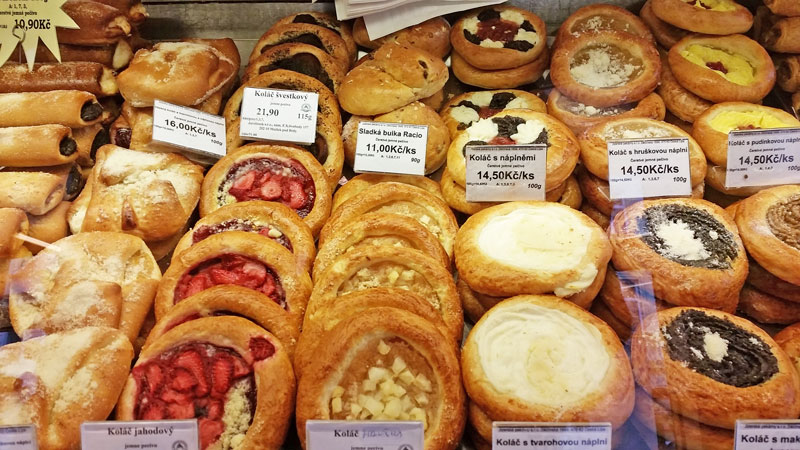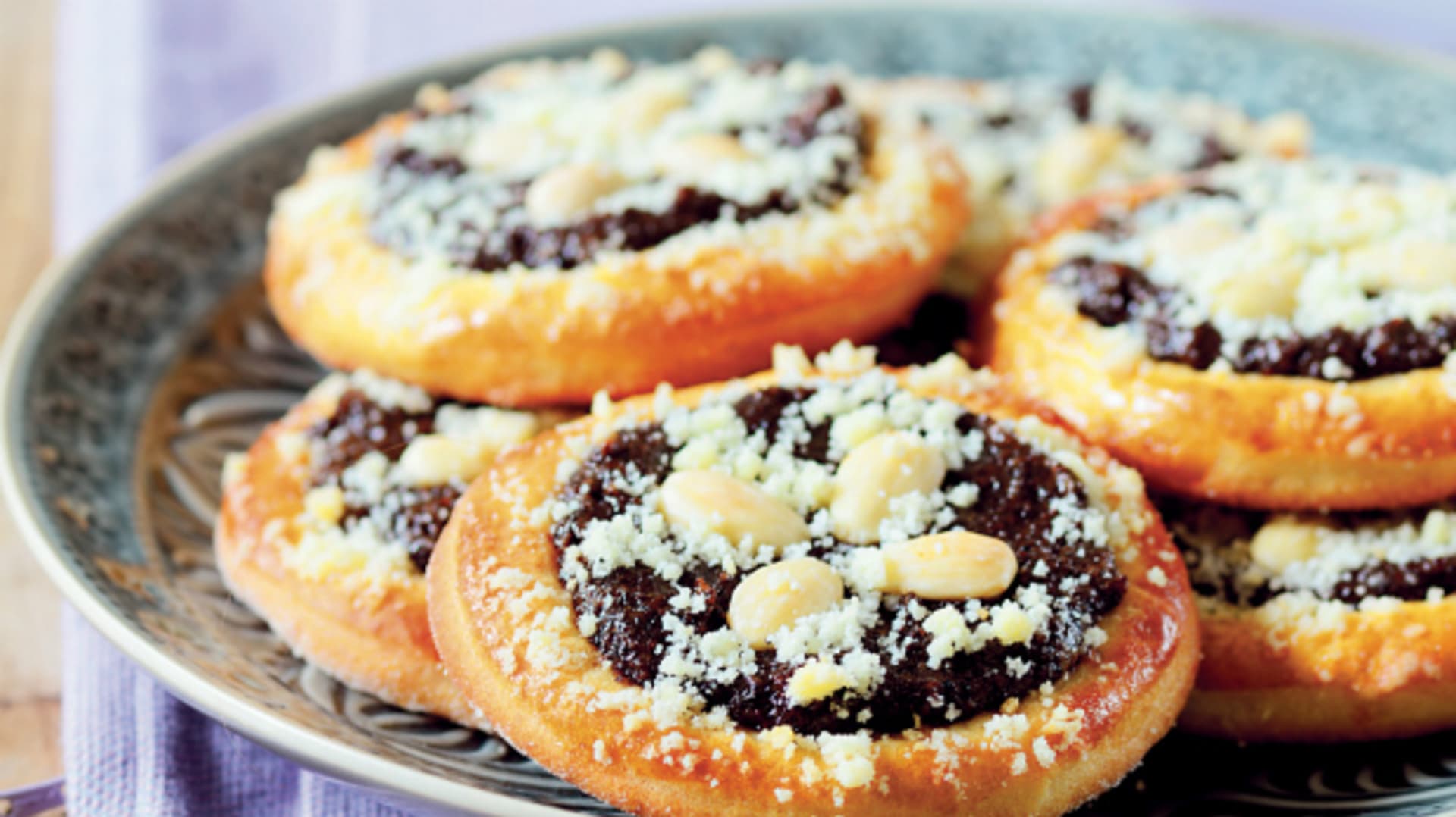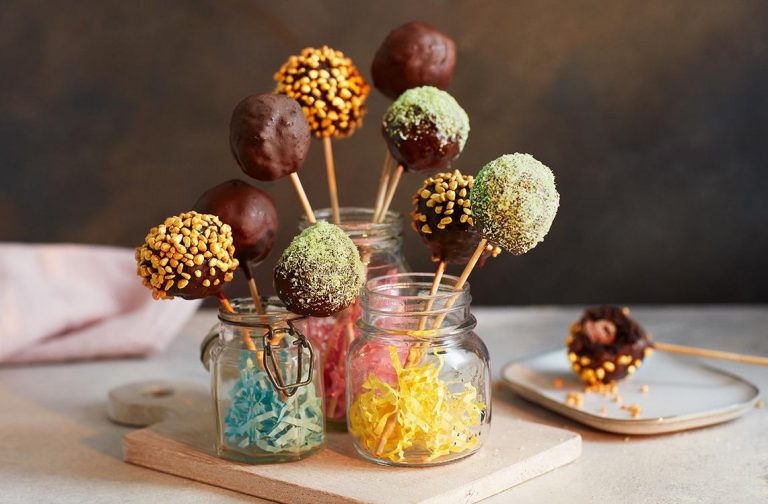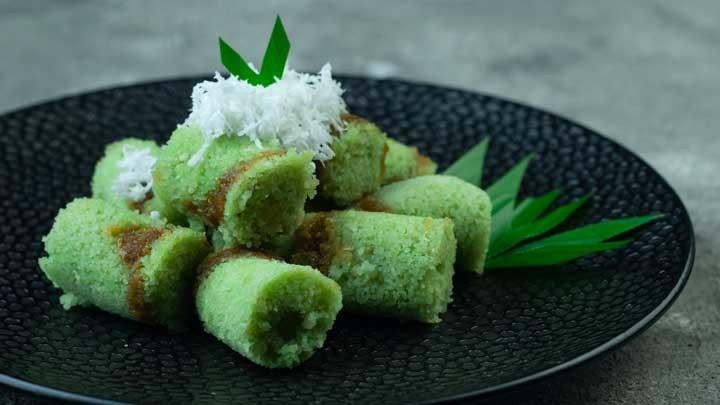When you think of Central European pastries, koláče (singular: koláč, pronounced “koh-lah-cheh”) undoubtedly come to mind. These round, sweet pastries are a beloved staple of Czech baking, celebrated for their tender dough and variety of flavorful fillings. Whether enjoyed at a family gathering, a festival, or a cozy café, koláče are a delicious symbol of Czech heritage and hospitality.
The History of Koláče
Koláče have a long history in the Czech lands, with roots stretching back to the Middle Ages. Originally, these pastries were reserved for special occasions such as weddings, holidays, and harvest celebrations. Traditionally, koláče were made in large, wheel-shaped forms and shared among family and friends as a symbol of unity and abundance.
Over time, smaller, individual koláče became popular, making it easier to enjoy their sweet flavors any time of year. Today, koláče are a cherished part of everyday life in the Czech Republic and among Czech communities around the world.
What Makes Koláče Special?

The Dough
Koláče dough is typically made from enriched yeast dough, which includes flour, milk, butter, eggs, and sugar. This combination results in a soft, pillowy texture—perfect for holding a variety of fillings.
The Fillings
The true magic of koláče lies in their fillings. Traditional favorites include:
- Fruit Preserves: Plum (povidla), apricot, cherry, or blueberry.
- Sweetened Cheese: A creamy mixture of farmer’s cheese (tvaroh), sugar, egg yolk, and sometimes lemon zest.
- Poppy Seed: Ground poppy seeds cooked with sugar and milk.
- Nut Paste: Ground walnuts or hazelnuts mixed with sugar and milk.
Often, koláče are topped with a buttery crumb (drobenka) and sometimes finished with a simple glaze or dusting of powdered sugar.
Regional and Cultural Variations
While koláče are most closely associated with the Czech Republic culinary, similar pastries are found throughout Central and Eastern Europe, including Slovakia, Poland, Hungary, and parts of Germany and Austria. Each region puts its own spin on the classic, using local ingredients and traditions.
In Moravia, for example, koláče are often larger and can be topped with multiple fillings in decorative patterns. In Texas and the Midwest, Czech immigrants popularized kolaches, sometimes introducing new flavors like cream cheese, pineapple, or even savory sausage.
How Koláče Are Made: Step-by-Step
Making koláče at home is a rewarding baking project. Here’s how to create these delightful pastries:
Ingredients
Dough:
- 500g (4 cups) all-purpose flour
- 7g (2¼ tsp) active dry yeast
- 250ml (1 cup) warm milk
- 100g (½ cup) sugar
- 2 eggs
- 100g (½ cup) unsalted butter, melted
- Pinch of salt
Cheese Filling:
- 250g (1 cup) farmer’s cheese or ricotta
- 1 egg yolk
- 2 tbsp sugar
- 1 tsp lemon zest
Fruit Filling:
- 1 cup fruit preserves (plum, apricot, or cherry)
Poppy Seed Filling (optional):
- ½ cup ground poppy seeds
- ¼ cup sugar
- ¼ cup milk
Crumble Topping:
- 50g (¼ cup) flour
- 50g (¼ cup) sugar
- 30g (2 tbsp) butter
Instructions
- Prepare the Dough:
Put yeast in milk with a pinch of sugar. Let it sit until foamy (about 10 minutes). In a large bowl, combine flour, sugar, and salt. Add eggs, melted butter, and yeast mixture. Mix and knead until smooth and elastic. Cover and let rise until doubled in size (about 1 hour). - Prepare the Fillings:
- For cheese filling, mix all ingredients until smooth.
- For poppy seed filling, gently heat all ingredients together until thickened.
- Set out fruit preserves.
- Shape the Koláče:
Punch down the dough and divide into 12-16 equal pieces. Roll each piece into a ball and flatten slightly. Place on a baking sheet lined with parchment paper. Let rise for 15-20 minutes. - Add Fillings:
Use your thumb or a small glass to make an indentation in the center of each dough ball. Fill each with a spoonful of cheese, fruit, or poppy seed filling. - Make the Crumble Topping:
Mix flour, sugar, and butter with your fingers until crumbly. Sprinkle over the filled koláče. - Bake:
Bake in a preheated oven at 180°C (350°F) for 20-25 minutes, until golden brown. - Finish:
Cool slightly, then dust with powdered sugar if desired.
Serving and Enjoying Koláče
Koláče can be enjoyed warm or at room temperature. They are perfect for breakfast, afternoon tea, or as a sweet snack. In the Czech Republic, koláče are often served during celebrations, family gatherings, and festivals. Their inviting appearance and variety of flavors make them a favorite for sharing.
Pair koláče with a cup of strong coffee or herbal tea for a truly authentic experience.
Modern Twists and International Influence
While traditional fillings remain popular, modern bakers experiment with new flavors—such as chocolate, caramel, or tropical fruits. In the United States, especially in Texas, “kolaches” have taken on a life of their own, with both sweet and savory versions (like sausage-filled kolaches) appearing in bakeries and at festivals.
Despite these innovations, the heart of koláče remains the same: a soft, yeasted pastry filled with love and tradition.
Conclusion
Koláče are more than just pastries—they are a delicious expression of Czech culture, history, and hospitality. Whether filled with fruit, cheese, or poppy seeds, these treats bring people together and celebrate the simple joys of home baking. Try making koláče yourself and discover why they have been cherished for generations in the Czech Republic and beyond.



















